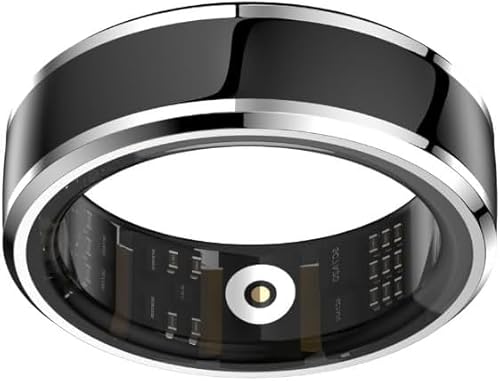More interesting stuff. It seems strange that the abstract seems to make no mention of the mix of types of tissue valves, which many of us are understandably curious about.
Also, this study is "age-specific" only in the same imprecise, large-tranche (big-basket) way as the new article on Medtronic Hancock II (pig) aortic valve longevity that I've been mentioning -- i.e., they give results for only 2 or 3 big "baskets" of patient ages. That's not very meaningful to a patient, really. E.g., if you're 39 and they give you the overall results for the "under-40" group, you can be pretty sure you're not an average member of that group, so the median numbers don't apply to you directly. But it takes more than a little counting on fingers and toes to figure out what your own best-guess numbers are. (The Hancock II study abstract is at ats.ctsnetjournals.org/cgi/content/abstract/90/3/775? .)
I would THINK -- having forgotten most of the statistics I ever learned -- that it would be relatively straightforward for a fancy statistician (or a good piece of software) to invert the data, to present (e.g.) the % confidence of being SVD-free at 5, 7, 9, 11. . . years, for each year of age (or each small age "slice") at surgery. Or the number of years post-op to reach 75% and 50% confidence of being SVD-free for each year of age (or each small age "slice") at surgery. I think that kind of presentation would require more "smoothing" and interpolation than what they presented (and the error bands might well expand as the age tranches shrank), but I also think it would be much more directly meaningful to any patient. Heck, we each have a specific age, and we each know it; what we DON'T know is how long we can expect a tissue valve to last, given the evidence to date! That sounds exactly like the question they set out to answer -- as they said, "the median durability of bioprostheses in younger adults. . . is important for young patients who may choose a bioprosthesis and for their physicians, thus forming the basis for the present study." I certainly don't find their abstract (or the data presentation in the otherwise impressive Hancock II study) to be responsive to that need.
Another weakness in this study -- which seems to be a "poster session" paper from a conference, rather than a formally peer-reviewed publication, at least so far -- is that it presents "Freedom from [Aortic or Mitral] Valve Reoperation" as the key variable, apparently equating it with valve "durability". As the Hancock II study points out, those freedom from Reoperation numbers almost always overstate valve durability, because some patients with failed valves are not suitable candidates for surgery. In effect, they represent failures, but they show up in the "success" column! In that study, they presented the data both ways -- e.g., they documented Structural Valve Deterioration (SVD) in 87 patients (of 1134), but only 74 underwent reoperation, since 13 were inoperable. (Once the difference is pointed out, you can't ever ignore it again!)
I initially found the graphs under the Abstract almost illegible. But when I right-clicked on the graphic and opened it in a separate page (then expanded it), it was much clearer. I'm sure that saving it on your computer, then opening it with a good image viewer, would also help.
Thanks for the very astute observations and feedback. Certainly doesn't make our decision making any easier does it!





















